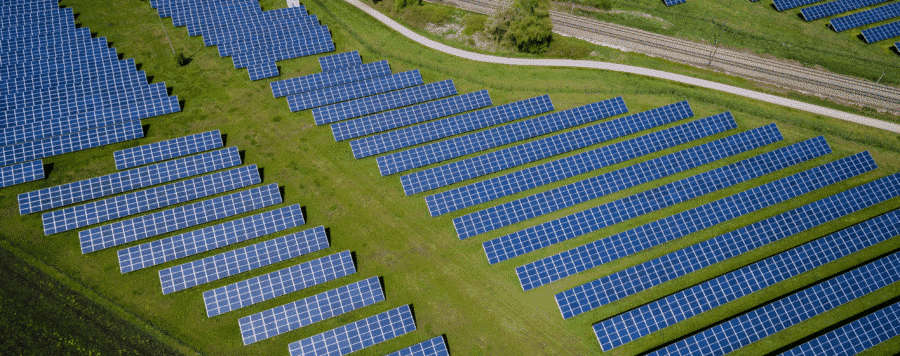
For many, 2020 has been one of the most challenging years of our lifetime, both personally and professionally. The way we lived our lives and did business changed dramatically in a matter of days and are still changing all the way through to December.
The solar industry, for one, saw so many changes that we would have never predicted at the end of 2019 and continues to adapt and grow in ways we could have never imagined.
Now that the year is (finally!) coming to a close, it’s time to start looking ahead to what we anticipate to be a very interesting year for solar. Here are our trends and predictions for 2021.
Solar Industry Predictions
The solar industry has always been very resilient and adaptable. From the beginnings of the ITC step-down to managing with increasing amounts of tariffs, and, not to mention, the global COVID-19 pandemic, the industry has shown that nothing can really get in the way of its continued growth.
We’re predicting that this continues to be the case throughout 2021 with homeowners jumping on board to grab the ITC credits before they fall to a permanent 0% in 2022. Secondly, California mandating that all new constructions must be equipped with solar panels will increase demand for materials and installation companies, continuing to spark growth in the solar market through to the end of next year and beyond.
In terms of commercial solar predictions, it’s safe to say that large commercial, and utility-scale solar installations will continue to be in demand as more and more companies/corporations make the switch to using renewable energy sources to power their businesses and manufacturing operations. With companies like Google pledging to “run on carbon-free energy everywhere, at all times”, we expect many more large players to follow suit or to commit to their own version of Google’s pledge in the next year.
We will also likely see a significant boost in industry growth by mid-2021 from solar projects that we’re pushed back in 2020 due to either homeowner uncertainty, supply chain breakdowns, and government lockdowns coming online later than originally planned.
Solar Sales in 2021
For an industry that previously relied heavily on door-knocking as a means of lead generation, the past year saw a massive shift in how solar sales were made and deals were closed. Sales representatives and solar designers had to find ways to get more done online and make the deals and proposals remotely if they wanted to stay safe and reach the maximum number of homeowners.
With the pandemic still in full swing, we don’t see this new “online-only” way of doing business going anywhere any time soon. Not only because it’s necessary in order to stay safe, but also because many installers have actually had great success with this method. Remote sales mean less travel which means more time saved for everyone.
With solar proposal software like Solargraf taking the lead and developing tools like AutoPitch and Virtual Site Assessment to help make remote solar sales easier and proposals more accurate, system design from home is simpler than ever and will only get better throughout the next year and beyond. All you need is your solar software and a screen share/video calling app like Zoom or Skype and you’re good to go!
Solar Materials
Like in the last few years, 2021 will see more solar companies adopting newer technology and materials in their installs. Improvements in solar panel technology will make newer tech like bifacial modules even more efficient and affordable.
Scientists are constantly looking to improve solar cell technology through new materials such as light-sensitive nanoparticles and gallium arsenide in order to up the efficiency and longevity of new systems, and we can expect some of these exciting new breakthroughs to make their way to the market throughout the next year.
Additionally, demand for solar energy storage will continue to grow as battery systems become cheaper, and more solar installers start to offer them in addition to their systems. According to SEIA, “the cost of lithium-ion batteries (the most common type of storage paired with solar) has fallen rapidly as manufacturing has scaled up to support both electric grid applications and electric vehicles.”. Due to this, yearly solar storage installation size is expected to grow from 6 gigawatts in 2017 to a whopping 40 gigawatts by 2022.
In Closing
While a pandemic still rages on, the solar industry is still one of the most exciting sectors to watch in the next year. From improvements to software tools like Solargraf to help in every step of the sales and pre/post installation process to new exciting new panels made with cutting edge technology, 2021 is shaping up to be another exciting year in the renewable energy industry.
Interested in getting a head start in 2021? Book a demo of Solargraf today to learn why we’re the best software choice for solar installers looking to grow and thrive in whatever situation the world throws at them next.


 United States
United States Germany/Austria
Germany/Austria Brazil
Brazil Netherlands
Netherlands Japan
Japan